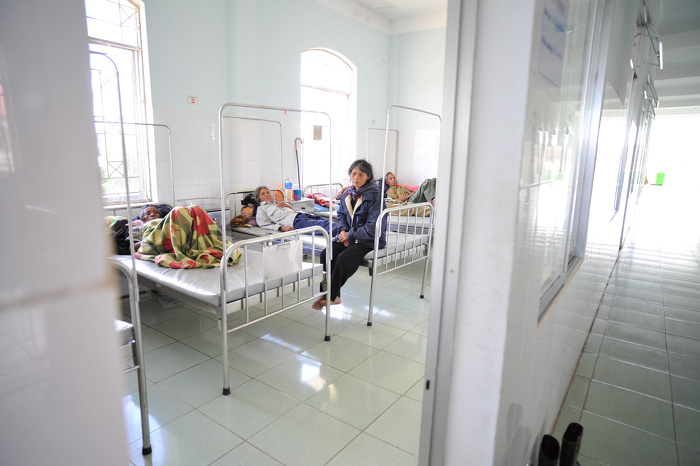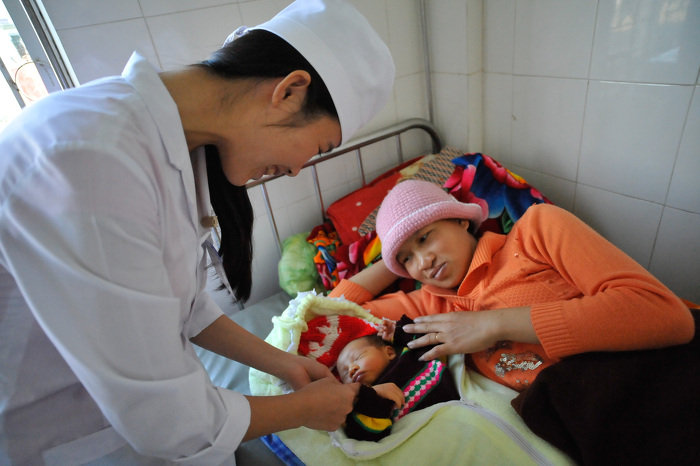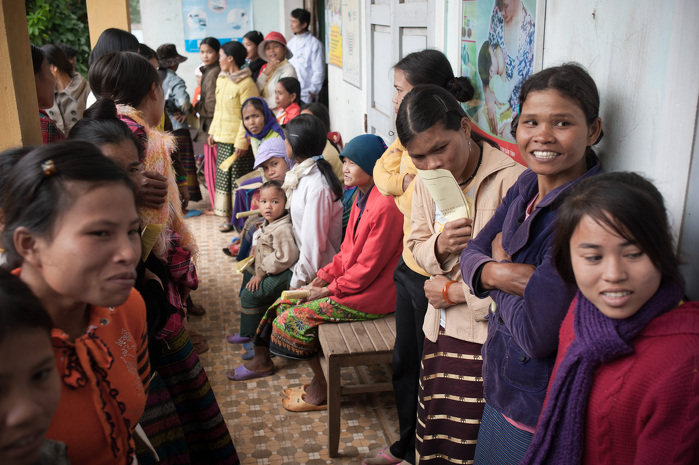Second Greater Mekong Subregion Regional Communicable Diseases Control Project (ADF) (Loan)
Details
Funding
Project Description
The project follows Strategy 2020, which realigns ADB's role in the health sector with emphasis on regional, intersector, and interagency cooperation, as also detailed in the operational plan for health. It is in line with ADB's Regional Cooperation and Integration Strategy, the GMS regional cooperation strategy and the country partnership strategies and country operations business plans of Cambodia, Lao PDR, and Viet Nam. The project supports regional public goods and capacity towards regional health and economic security and the Millennium Development Goals (MDGs) for reducing child mortality and malnutrition, halting the spread of communicable diseases, and others. In partnership with WHO, the Mekong Basin Disease Surveillance Cooperation, the Kenan Institute Asia and other partners, it addresses critical funding gaps for the roll-out of the International Health Regulations (2005) and APSED, as well as regional strategies for the control of dengue and NTDs. Under the leadership of WHO, regional and national aid coordination mechanisms are in place including regular meetings, surveys and publications for aid coordination, technical forums, community of practice groups, and websites.
Progress (as of March 2021)
Project closedContacts
| Contact 1 | |
| Contact Name | Sato, Azusa |
|---|---|
| Organization | Asian Development Bank |
| asato@adb.org | |
| Contact 2 | |
| Contact Name | - |
| Organization | - |
| - | |





